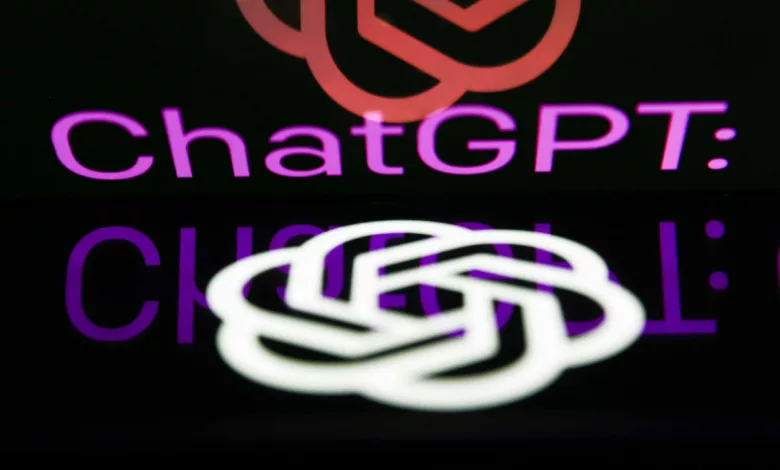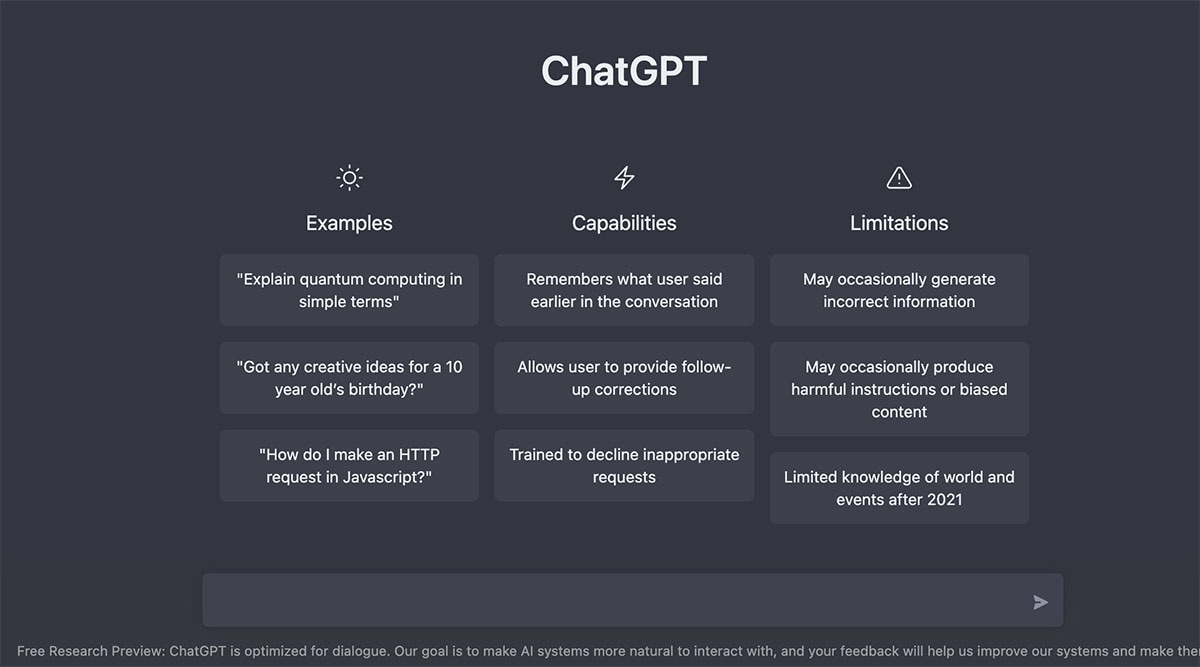Revolutionary AI Technology Helps UK Student Succeed: ChatGPT Used to Write Essay and Pass Exam at Russell Group University with Flying Colors in 20 Minutes
Revolutionary AI Technology in Education: How ChatGPT Helped a UK Student Ace a University Exam in 20 Minutes

Many sectors are being transformed by AI-based technology, and education is one of them. ChatGPT, an artificial language model created by OpenAI that employs natural language processing to generate text that sounds like human speech, is one of the most promising AI tools for education. ChatGPT can assist with a range of writing activities, including essay writing and test preparation.
A student at Russell Group university in the United Kingdom uses ChatGPT to complete an essay and exam in less than 20 minutes. ChatGPT and other forms of artificial intelligence technologies in the classroom have attracted increasing interest because of their success. This essay will elaborate on ChatGPT, the student’s experiment, the merits and downsides of employing AI in the classroom, and potential future applications.
Background
ChatGPT is a language model that employs machine learning to generate content that is grammatically correct and makes sense. AI that has been trained to do specific tasks by reading and analysing large amounts of text from sources such as Wikipedia and the Common Crawl dataset ChatGPT is capable of generating language that makes sense, employs proper syntax, and makes sense in terms of meaning. It has been demonstrated that it can produce high-quality writing that is difficult to distinguish from that of humans.
A student from Russell Group university in the United Kingdom prepared an essay using ChatGPT and received a high mark. Very exclusive Russell Group research universities in the United Kingdom are difficult to enter. This experiment, conducted by a student, demonstrates how ChatGPT and other technologies employing artificial intelligence can assist pupils with school writing.
The Experiment
ChatGPT is a language model that employs machine learning to generate content that is grammatically correct and makes sense. AI that has been trained to do specific tasks by reading and analysing large amounts of text from sources such as Wikipedia and the Common Crawl dataset ChatGPT is capable of generating language that makes sense, employs proper syntax, and makes sense in terms of meaning. It has been demonstrated that it can produce high-quality writing that is difficult to distinguish from that of humans.
A student from Russell Group university in the United Kingdom prepared an essay using ChatGPT and received a high mark. Very exclusive Russell Group research universities in the United Kingdom are difficult to enter. This experiment, conducted by a student, demonstrates how ChatGPT and other technologies employing artificial intelligence can assist pupils with school writing.

The Benefits of AI Technology in Education
There are numerous facets of education that have the potential to be improved with the implementation of artificial intelligence, including the productivity and potency of teaching and learning (AI). The artificial intelligence-based system known as ChatGPT can provide a great deal of assistance to educators in a variety of contexts, including the grading of student work and the provision of feedback to students. In addition to this, AI has the ability to deliver individualised educational experiences to pupils, catering to their specific needs as well as the areas of study in which they are most interested.
Students are able to produce well-written, easy-to-grasp writing that is devoid of grammatical errors when artificial intelligence is utilised in the classroom. Students in higher education can benefit from the use of AI because it can assist them in organising their thoughts and selecting which parts of their papers are the most important. Students can reduce the amount of time and effort they expend, which provides them with additional opportunities to learn the material and hone their analytical abilities.
The Limitations of AI Technology in Education
Using AI in the classroom may result in a number of potential benefits; however, there are also a number of potential risks that should be taken into consideration. One of the most significant drawbacks is the possibility that bias and stereotyping may become more prevalent as a result of the implementation of AI in educational settings. It is possible for discrimination and stereotyping to continue after AI systems have been taught on data sets that are biased. This is evidenced by the fact that an algorithm that has been trained on historical data is able to detect prejudice against a specific racial or gender group.
Another problem that arises when artificial intelligence is used in the classroom is that it makes students more reliant on technology. Although artificial intelligence (AI) has the potential to be a useful tool for students, the teaching of critical and creative thinking should not be replaced by AI. Students shouldn’t rely solely on the information that is created by AI; rather, they should be taught how to compile data and come to their own conclusions.
Concerns have been raised in recent years regarding the safety and privacy of students’ personal information in this age of artificial intelligence (AI). While using AI technologies, educational institutions have a responsibility to exercise caution in order to protect the personal information of their students. The students and their families should know what kind of information is being collected and why it is being collected.

Future Implications and Possibilities of AI Technology in Education
Even if there are challenges involved in integrating AI into the classroom, the sector still has a lot of reasons to be optimistic. As artificial intelligence (AI) technology improves, it is hoped that it will learn more and be able to help students with tasks that are getting harder and harder.
One idea is to develop artificial intelligence–driven virtual educators capable of tailoring the educational experience to the specific needs of each individual learner. Each learner receives individual feedback and instruction from these online teachers, who are available 24/7. New educational materials, such as digital learning platforms and textbooks, could be created with the help of AI.
Using AI in the classroom could make learning easier while also increasing students’ willingness to study. Language translation systems that make use of artificial intelligence, for example, could help those who are not native speakers of English make better use of educational materials. The use of artificial intelligence in education could make it easier to provide resources that are more representative of the many experiences and points of view held by students.
Conclusion
Employing artificial intelligence in the classroom could have a substantial impact on how the future generation is educated. A student at a Russell Group university in the United Kingdom utilised ChatGPT to compose an essay and pass an exam, demonstrating how artificial intelligence technology may assist students with writing assignments and tests.
AI technology in the classroom may encounter only two issues: bias and overreliance on technology. Nonetheless, the benefits significantly outweigh these two disadvantages. AI has the potential to make education more efficient and effective, more individualised for each student, and more inclusive and accessible.
As artificial intelligence (AI) technology improves, educators and governments must consider its potential impact on the classroom and its potential applications. Utilized cautiously and imaginatively, AI technology has the ability to aid in the resolution of educational difficulties in novel ways.
Edited by Prakriti Arora





